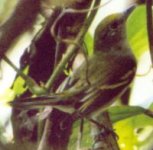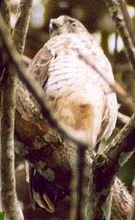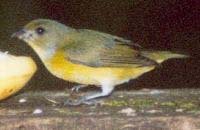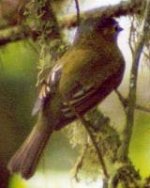Gaby Schulemann
Member
Dear birders from all over the world,
in January/February I have been touring Costa Rica. It is my favorite birdwatching country so far, it was an amazingly beautiful trip. I've seen more than 200 species and I took a lot of photos, too. Most birds are already identified, but there are some "ufos" I couldn't identify so far. Maybe you can help me.
Here is some further information about where I've taken the photos. From left to right: Playa Tortuga/Pacific Coas, Selva Verde/Caribbean Lowland, Fortuna/Arenal Volcano area, Santa Elena Biological Reserve/Mist forest of Monteverde area, Carara National Park/Pacific Slope)
Bye,
Gaby
in January/February I have been touring Costa Rica. It is my favorite birdwatching country so far, it was an amazingly beautiful trip. I've seen more than 200 species and I took a lot of photos, too. Most birds are already identified, but there are some "ufos" I couldn't identify so far. Maybe you can help me.
Here is some further information about where I've taken the photos. From left to right: Playa Tortuga/Pacific Coas, Selva Verde/Caribbean Lowland, Fortuna/Arenal Volcano area, Santa Elena Biological Reserve/Mist forest of Monteverde area, Carara National Park/Pacific Slope)
Bye,
Gaby
Attachments
Last edited:








